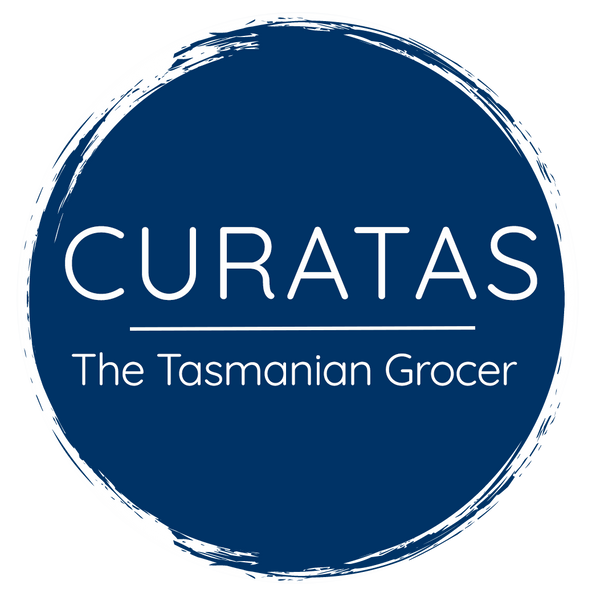About Shima Wasabi

REAL WASABI GROWN IN TASMANIA
At Shima Wasabi, they believe the sensory experience of eating real wasabi is something everyone should enjoy.
The truth is that the majority of the wasabi eaten in the world is not real wasabi but an imitation product made predominately from horseradish and mustard.
This is why at Shima, they use Tasmania’s ideal climatic conditions to grow the notoriously difficult wasabi plant to produce fresh wasabi, wasabi powder and wasabi paste.
Sharing the same latitude as southern Japan, Tasmania has the required attributes to grow exceptional wasabi. In Japan, wasabi is traditionally grown along stream beds of mountain rivers. In Tasmania, wasabi is grown amidst some of the cleanest air in the world and with the plentiful rainfall on the island, Shima is able to grow wasabi all year round.
Wasabi contains anti-oxidants and allyl isothiocyanates. It is the isothiocyanates (ITCs) produced when wasabi is grated that led to wasabi’s reputation as a healthy food. Anti-microbial, anti-bacterial and anti-parasitic qualities inherent in ITCs are probably the reason that wasabi has been traditionally served with raw fish dishes as wasabi was used to counter the effect of food poisoning by killing bacteria and parasites in the fish. Studies also suggest that wasabi contains anti-inflammatory, anti-oxidant and anti-viral properties.

Along with other famously healthy members of the basic family that produce ITCs, like broccoli and watercress, wasabi has recently become an important tool in research into cancer prevention and treatment.
Other health claims relating to wasabi include:
-
A source of vitamin C
-
Possibly lowering cholesterol levels
-
Contributes to heart health
-
Contributes energy towards normal metabolism
-
Reduces total blood cholesterol and reduces blood pressure

